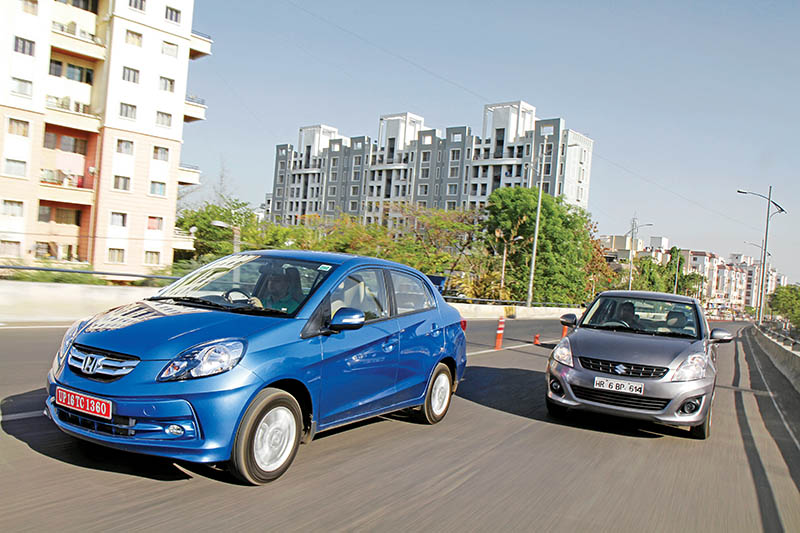
This is one crucial comparison that most car enthusiasts, industry analysts and prospective compact sedan buyers have been waiting for with bated breath. The sub-four-metre category is unique to India, which does good to car manufacturers who get an excise benefit of 12 per cent and affordable price is just what many car-buyers in India are looking for.
Maruti Suzuki Swift DZire has been dominating this segment for years now and last year India’s largest car manufacturing company gave the compact sedan a makeover, which not only ensured continuous footfalls towards their showrooms, but also got this playful car our ‘Mid-size Sedan of the Year’ award. The DZire did not have a strong challenger, which is another reason for its continuing success, but with the recent launch of Honda’s sub-four-metre sedan offering, the Amaze, this might change. Apart from introducing their first diesel engine with the Amaze, the company also commands a more premium stature. Is this enough to topple the mighty Maruti? We bring the two sedans head-to-head to find out.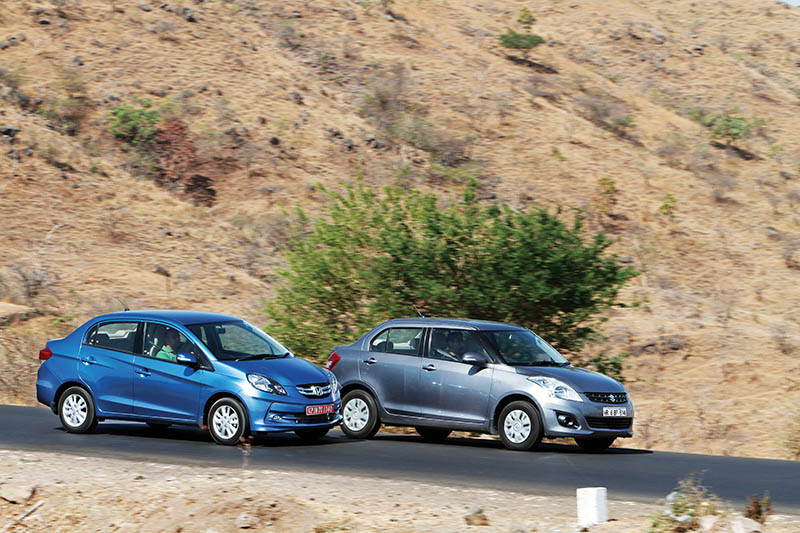



Design
Both the cars share aplenty with their respective younger siblings, the Swift and the Brio. After the upgrade the DZire has larger headlights, a horizontal split front grille and sharper defining lines around the fog-lamps. Like the Swift, the DZire follows a soft and curvaceous, odd-ball design. The rear of the car has a chunky boot, which has been sliced off to ensure that the car’s overall length remains below four metres. The stub boot integration seems to be more utilitarian than a style statement. It’s subjective; to some this might be an eyesore while others might not care much so long as there is a practical storage area at the back of the car. Although the Swift seems adorable to me, the DZire doesn’t score high on the style quotient.
Comparatively, the Amaze’s boot merges seamlessly with the rest of the car, which gives it proper proportions. The twin slatted chrome grille, teardrop-shaped headlights and complete body-coloured bumpers (unlike Brio’s black air intakes) and crisp, split shoulder-line make is appear sharper. The flared tail-lights on the muscular rear bumper remind one of previous-generation (Dolphin-shaped) Honda City. An advantage the DZire has are bigger 15-inch (185/65 R15) alloy wheels, since the Amaze runs on 14-inch (175/65 R14) good-looking 10-spoke alloy wheels. But when placed side by side, the Amaze clearly looks more appealing.
Interior
Comparing the top-of-the-line Amaze and DZire, both offer fine quality, beige fabric upholstery that gives the cabin an airy feel. The Honda engineers have better utilised the space by carving out a bigger cabin. Vital for chauffeur-driven car markets like India, the Amaze also has excellent knee-room, both in the front and rear, and far more comfortable rear seating. Our well-built colleague had acres of legroom seated on the rear seats of the Honda, but in the DZire had much less room. Moreover, the sharper angles of the Maruti’s rear seat make the sitting potion less relaxing. However, the three-tone (black, beige and brown) combination of the Honda’s dashboard was a bit overbearing for me, though the company claims that it chose it after extensive market survey. However, the sporty driver’s instrument console looks nice, as does the large and flat audio system. There are cubbyholes for storage, the only let-down being the glove-box lid, which does not have a snug fit and could have been better executed. I find the DZire’s black-and-beige combination better. It has a more stylish layout with faux wood and brush metal trim, with waterfall console. It looks fancier than Honda’s modern, albeit simplistic approach.
The DZire offers climate control-equipped air-conditioning, height adjustable front seat belts and head-rest, while the Amaze offers conveniences such as all four power windows, electrically folding OVRMs and a heat-absorbing front windscreen, which keeps the cabin cooler and helps the air-conditioner to cool faster. Most importantly, it comes with safety features such as ABS with EBD as standard across all its diesel variants. The Amaze also comes with central locking and power windows on all four doors. And the final blow from Amaze is the segment-defying, ultra-spacious luggage space of 400 litres as against the DZire’s 316 litres. With a bigger, more comfortable cabin and long list of features, the Amaze takes the DZire down in this section.
Engine
At this price, the DZire diesel has been the favourite among the rubber-burning devils of our country. It is powered by a sweet FIAT Multijet 1.3-litre diesel engine that belts out a maximum power of 75 PS at 4,000 revolutions per minute and 190 Nm of peak torque at 2,000 RPM. Although it has some turbo-lag below 1,800 RPM, once the turbo starts to spool, it surges ahead zestfully. This makes it engaging to drive when in an enthusiastic mood, but on hindsight overtaking in a congested city environment can be tricky with the sudden gush of power. The five-speed manual gearbox has the best suited ratios for this oil-burner, which is also used by several other car models and manufacturers. Power and torque have been distributed well throughout the rev range, making the car suitable for use both in city and on highway.
The Amaze boasts of Honda’s first diesel engine for India and the 15-year wait has been well worth it. Under the hood is a full-sized 1.5-litre (giving Honda the excise benefit) oil-burner that is capable of producing 100 PS at 3,600 RPM, 25 PS more than the DZire, and even a stronger 200 Nm of torque at 1,750 RPM. The Japanese engineers have paid extra attention to the poor quality of diesel available in our country and have tuned the car accordingly to ensure hassle-free operation. The beauty of this motor is its smooth and seamless power delivery and the way the torque is spread across the rev range, giving it unbelievably good driveability. The five-speed manual transmission has short throws, slotting effortlessly every time, and the ratios are perfectly matched to the power and torque.
After driving the Amaze for a couple of days I felt addicted to the stress-free and enjoyable experience. You can sometimes be lazy and without shifting down continue driving after crossing a speed-breaker or just feed in a little more fuel and the Honda gathers momentum and briskly moves ahead. There’s no sudden spike of power that would make the car or the driver nervous. Everything’s smooth and easy.
There’s no shortage of performance, thanks to the strong power and torque that the car develops. During our performance test, when stationary and in neutral gear the Amaze does not rev above 2,000 RPM. Surprisingly, it still managed to outrun the DZire in the 0-100 km/h sprint by over a second, in just 13.14 seconds. It even has stronger in-gear roll-on, which is why the car pulls at low speeds even in a higher gear. This gives the Amaze an edge while driving within the city and during overtaking manoeuvres. The Honda has been electronically limited to a top speed of 147 km/h on the speedometer, probably to ensure that it returns the desired fuel efficiency.
Talking about efficiency, the Amaze outdoes the DZire even in this department by stretching a litre of diesel to an impressive 26.5 km on the highway and an equally admirable 20.5 km/l within the city. This gives it an average fuel economy of over 21.5 km/l, which makes DZire’s strong 19.5 km/l look ordinary.




Ride And Handling
Both the cars are well sprung and employ McPherson struts up front with a torsion beam layout at the rear. They are tuned for comfort and soak in bad road patches fairly well. Unlike their European counterparts, both these sedans do tend to bottom out if they chance upon a severe ditch. The ride quality in the DZire is a shade softer than that in the Amaze and due to the Maruti’s slightly lighter weight (15 kg lighter), taller body design and marginally more ground clearance, it does not feel as planted as the Honda on fast turns. Although the DZire has a higher top speed, its soft suspension makes it nervous when driven to the limit.
The Amaze, on the other hand (thankfully), does not have the inherent light steering feel and maintains an exceptional balance between ride and handling. The steering has better feedback and it feels more communicative. I find the brakes on the Amaze to be superior to the DZire’s, which feel slightly spongy.
Verdict
With the Amaze, Honda engineers have achieved what many major manufacturers have tried and subsequently failed. They have not just managed to come on par with the segment benchmark, but in most aspects have outshone it. And that too by pricing is very aggressively at Rs 7.6 lakh (ex-showroom), where the DZire retails at Rs 7.51 lakh (ex-showroom).
No car manufacturer in India has such deep after-sales network as Maruti has in India nor can anyone else demand such strong creditability. Nevertheless, purely from a product to product point of view, the Amaze with its fresh design, comfortable cabin, better features, efficient and more powerful engine and the premium appeal Honda have, is our pick between the two.



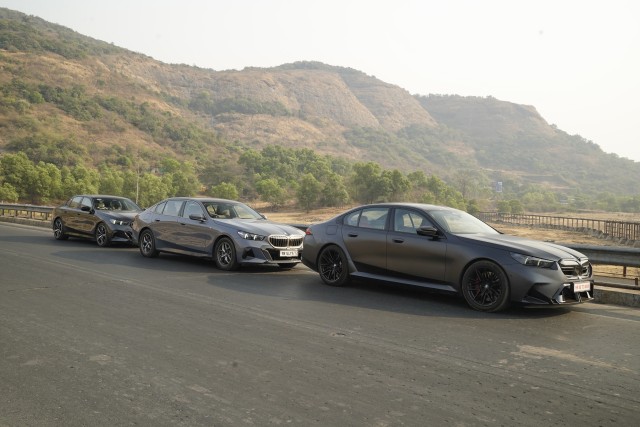
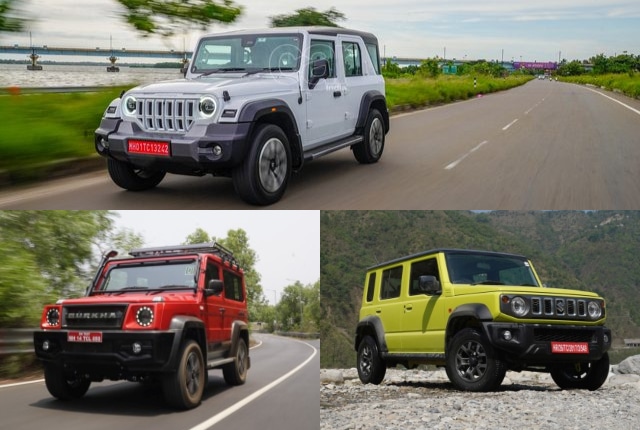
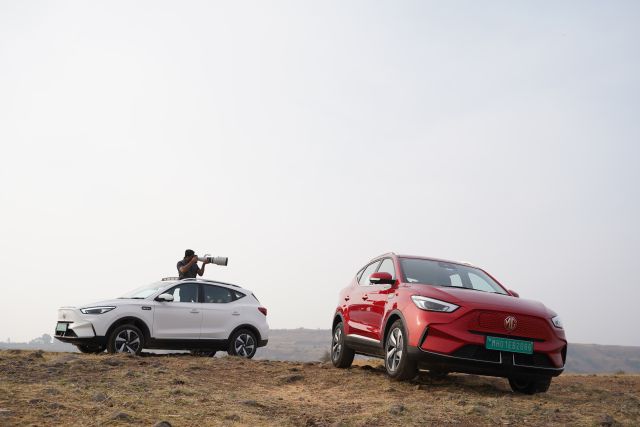
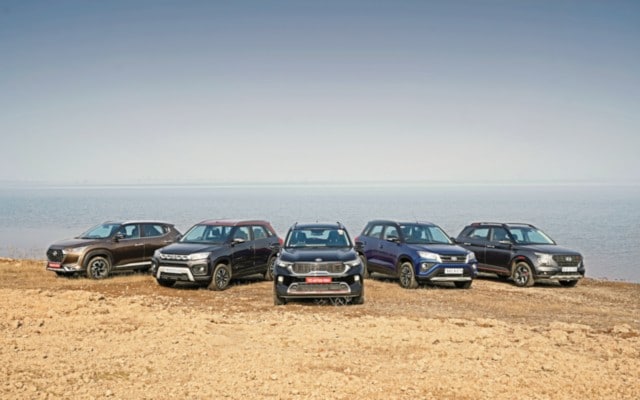
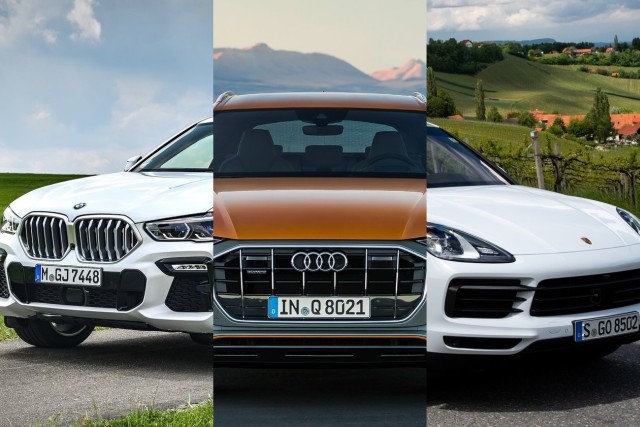
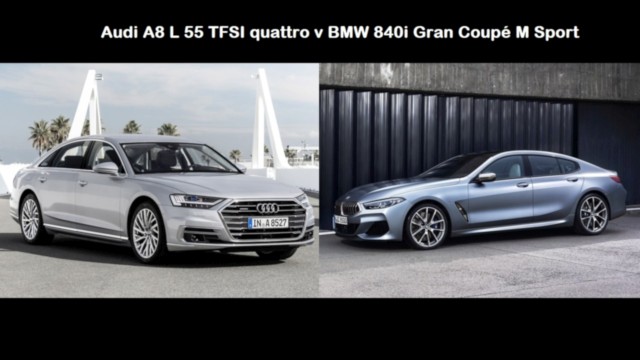
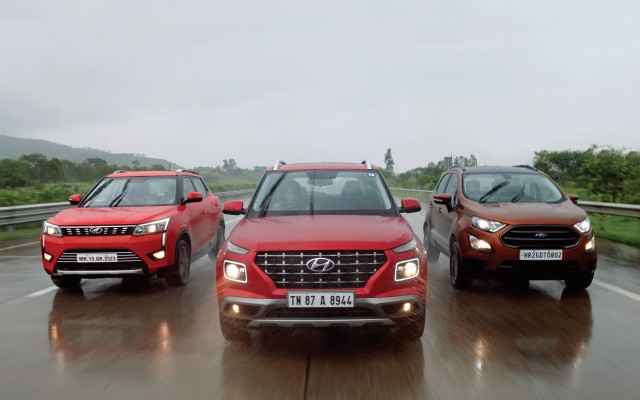
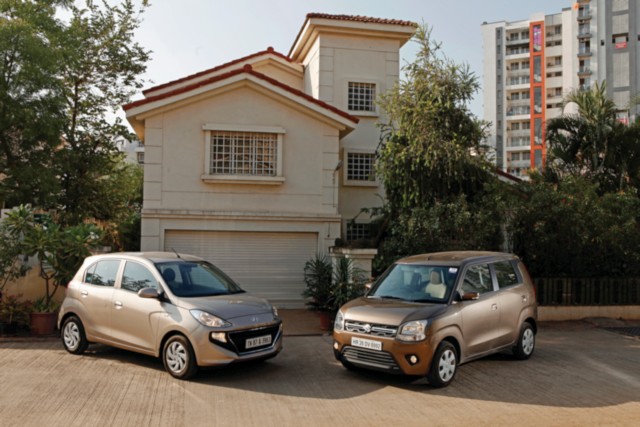
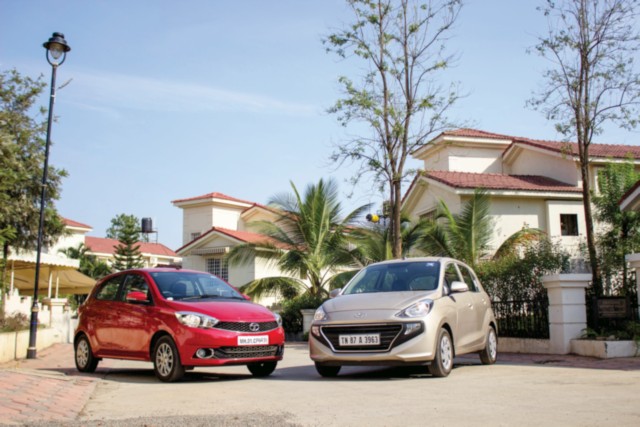
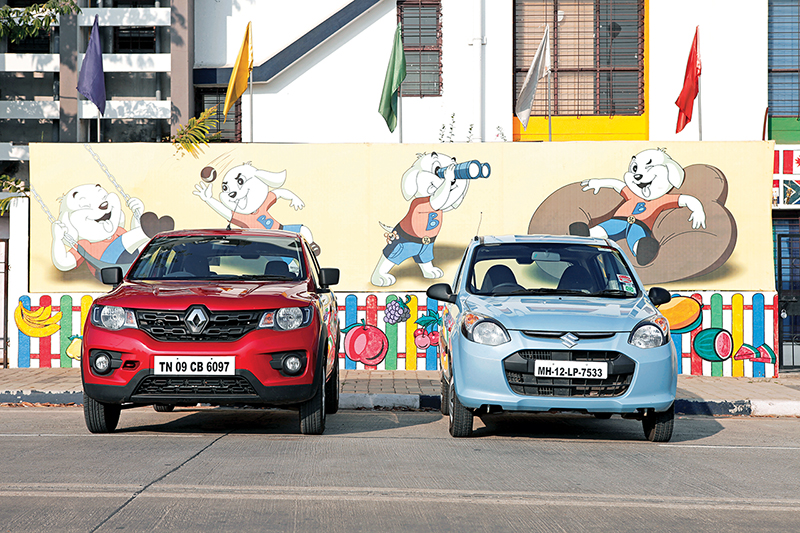
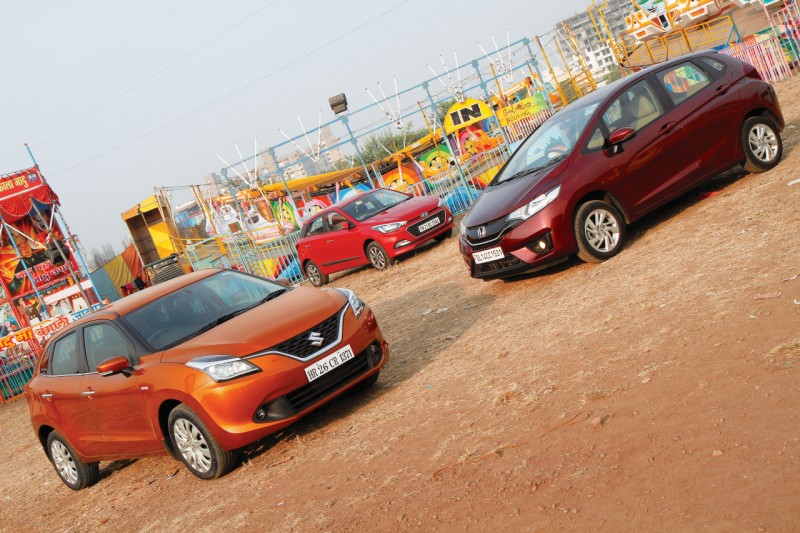
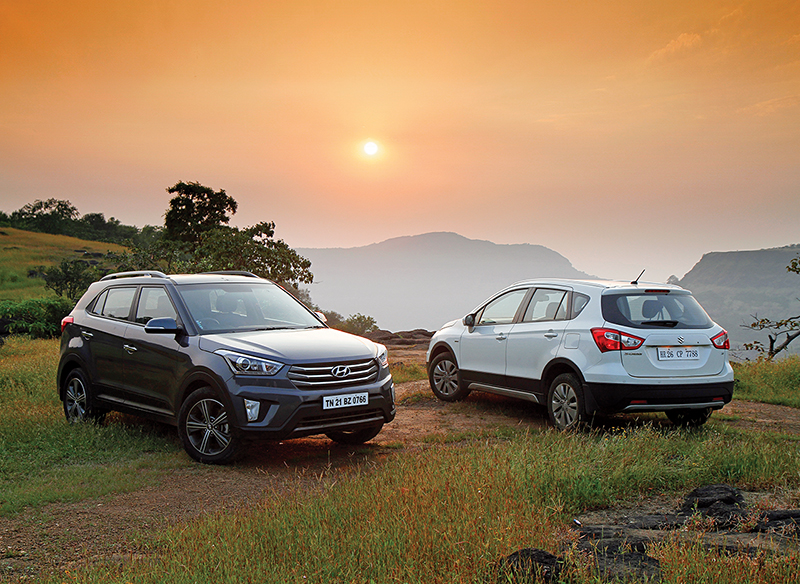
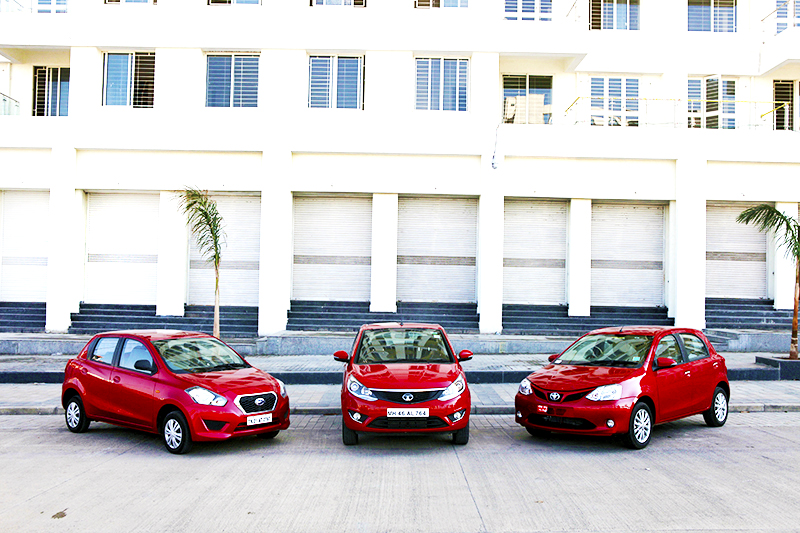
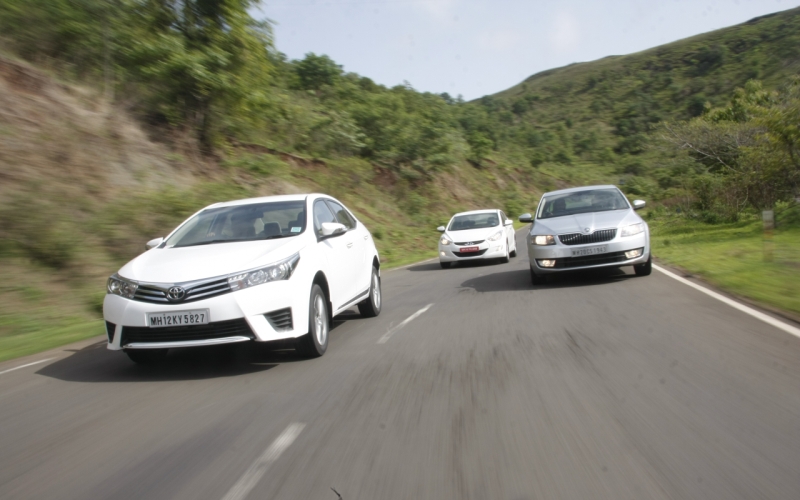
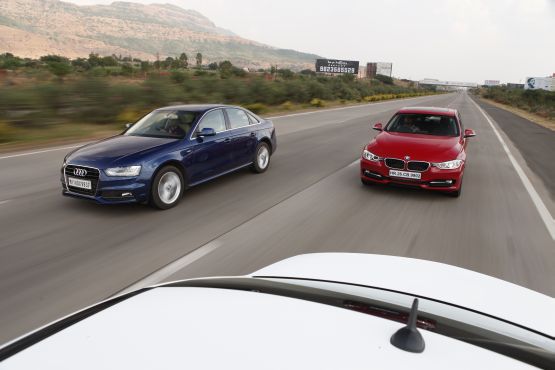




Leave a Reply